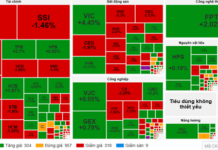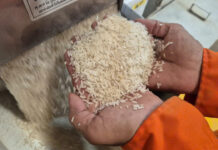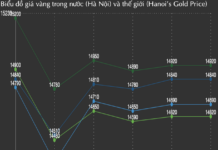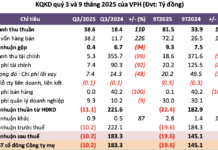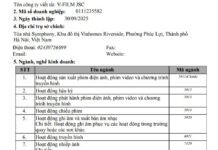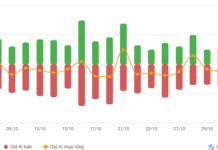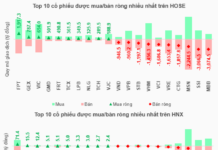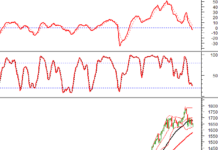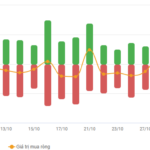Many localities tighten the subdivision and sale of bare land
The Real Estate Business Law 2023 will come into effect from January 1, 2025. Accordingly, the regulations on subdivision and sale of bare land in the Real Estate Business Law 2023 will not allow subdivision and sale of bare land in 105 cities and towns; an increase of 81 cities and towns compared to the current regulations.
According to statistics from the Ministry of Construction, as of December 2023, there are 902 urban areas nationwide; of which, there are 2 special cities, 22 type I cities, 36 type II cities, 45 type III cities, 95 type IV cities and 702 type V cities. Accordingly, the new regulation will prohibit the division and sale of bare land in 105 cities and towns, an increase of 81 cities and towns compared to current regulations.
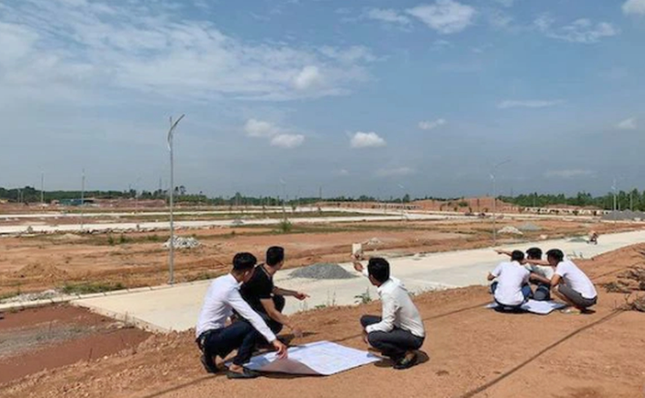
From 2025, the Real Estate Business Law will prohibit the subdivision and sale of bare land in 105 cities and towns, an increase of 81 cities and towns compared to current regulations.
In addition to the two special cities of Hanoi and Ho Chi Minh City that will be tightened, there are 22 type I cities; of which, there are 3 centrally-run cities: Hai Phong, Da Nang, Can Tho and 19 provincial cities: Hue, Vinh, Da Lat, Nha Trang, Quy Nhon, Buon Ma Thuot, Thai Nguyen, Nam Dinh, Viet Tri, Vung Tau, Ha Long, Thanh Hoa, Bien Hoa, My Tho, Thu Dau Mot, Bac Ninh, Hai Duong, Pleiku, Long Xuyen.
Besides, there are 36 type II cities including provincial cities Phan Thiet, Ca Mau, Tuy Hoa, Uong Bi, Thai Binh, Rach Gia, Bac Lieu, Ninh Binh, Dong Hoi, Phu Quoc, Vinh Yen, Lao Cai, Ba Ria, Bac Giang, Phan Rang-Thap Cham, Chau Doc, Cam Pha, Quang Ngai, Tam Ky, Tra Vinh, Sa Dec, Mong Cai, Phu Ly, Ben Tre, Ha Tinh, Lang Son, Son La, Tan An, Vi Thanh, Cao Lanh, Vinh Long, Tuyen Quang, Soc Trang, Kon Tum, Di An, Yen Bai.
Additionally, there are 45 type III cities including 29 cities: Dien Bien Phu, Hoa Binh, Hoi An, Hung Yen, Dong Ha, Bao Loc, Ha Giang, Cam Ranh, Cao Bang, Lai Chau, Tay Ninh, Bac Kan, Tam Diep, Song Cong, Sam Son, Phuc Yen, Ha Tien, Dong Xoi, Chi Linh, Long Khanh, Gia Nghia, Nga Bay, Thuan An, Hong Ngu, Tu Son, Pho Yen, Tan Uyen, Ben Cat, Go Cong.
Along with that, there are 16 towns including Son Tay, Cua Lo, Phu Tho, Bim Son, La Gi, Song Cau, Long My, Tan Chau, Cai Lay, Quang Yen, Ky Anh, Binh Minh, Dong Trieu, Phu My, An Nhon, Kien Tuong.
How will the bare land market evolve?
Before the tightening of subdivision and sale of bare land, many experts believe that the real estate market in general and the bare land segment in particular will be strongly affected.
Accordingly, Mr. Dinh Minh Tuan, Director of Batdongsan.com.vn in the Southern region, assessed that with the regulations on tightening the subdivision and sale of bare land of the new law, the bare land market will be greatly affected in terms of supply, customer base and selling prices.
This expert explained that currently, up to 90% of the supply of buying and selling bare land in the market is individual products that are self-subdivided, split into plots and then set up projects for sale. In which, self-subdivided bare land has various selling prices, areas, sources of goods, is easy to access and is suitable for the finances of many buyers.
At the same time, individual self-subdivided bare land is often developed in the form of “following” infrastructure or formal projects, and the selling price will be cheaper than planned bare land projects. Therefore, both sellers and buyers prefer self-subdivided bare land rather than buying formal bare land projects.
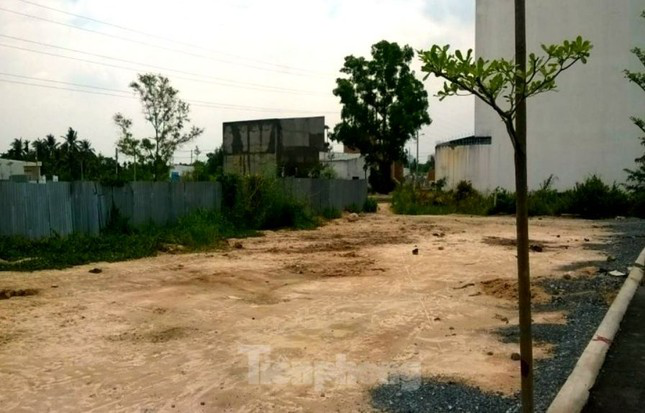
Many experts believe that the real estate market in general and the bare land segment in particular will be strongly affected.
Therefore, when tightening the subdivision, the supply on the market will be narrowed down, and the customer base that can access this type will also more or less decrease compared to the previous time. Parallel to that, the market may see a large number of large-area bare land products from investors who hold land with the purpose of subdivision and sale for profit. At that time, the investors will agree to sell at a “loss” to clear the goods.
Mr. Le Hoang Chau, Chairman of the Ho Chi Minh City Real Estate Association (HoREA), said that tightening regulations on subdivision and sale of bare land, freehold subdivision in the first stage may reduce the buying and selling of subdivided land, freehold subdivision. However, in the long run, these new regulations will help the bare land market become increasingly transparent and develop more sustainably.
Meanwhile, Mr. Nguyen Van Dinh, Chairman of the Vietnam Real Estate Brokers Association (VARS), commented that in our country, the demand for bare land is always very high when in reality the market lacks supply from formal projects. This has led to many speculators taking advantage of the opportunity to accumulate land and then subdivide and sell bare land. In some cases, some people even arbitrarily named commercial names similar to formal projects to attract investors and cooperate to create “virtual fever”, pushing up land and housing prices. Therefore, the Chairman of VARS believes that tightening regulations on subdivision and sale of bare land is necessary…
The Real Estate Business Law 2023 stipulates that it is not allowed to transfer the right to use land to individuals to build houses, subdivide and sell bare land themselves in the wards, districts, and cities of the special, type I, II and III urban areas where the right to use land is auctioned for investment in housing construction projects in accordance with the provisions of the Land Law.
Regarding the remaining areas, the Provincial People’s Committee, based on local conditions, defines the areas where project owners are allowed to transfer the right to use land with technical infrastructure to individuals to build their own houses.

